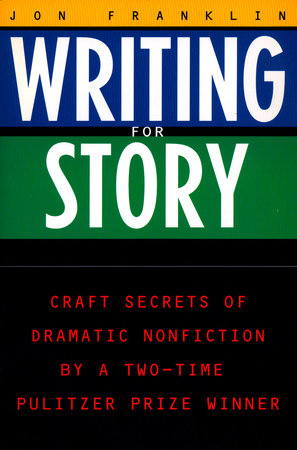Franklin’s tell-it-like-it-is, no-nonsense sentences; his sparing comments and asides; and his matter-of-fact, almost cold, conclusion—all make for original, unsentimental writing. The pace is taut, the descriptions rigorous and poetic at once:
“The aneurysm finally appears at the end of the tunnel, throbbing, visibly thin, a lumpy, overstretched bag, the color of rich cream, swelling out from the once-strong arterial wall, a tire about to blow out, a balloon ready to burst, a time-bomb the size of a pea.” (Notice the economical, muscular use of language and metaphor here: Franklin does not need to say, for example, “it looks like a tire about to blow out.”)
Unlike many narrative medical stories, this is a piece less about the patient, more about the brain, the surgery and its risks. The average reader finishes the story more knowledgeable about each.













